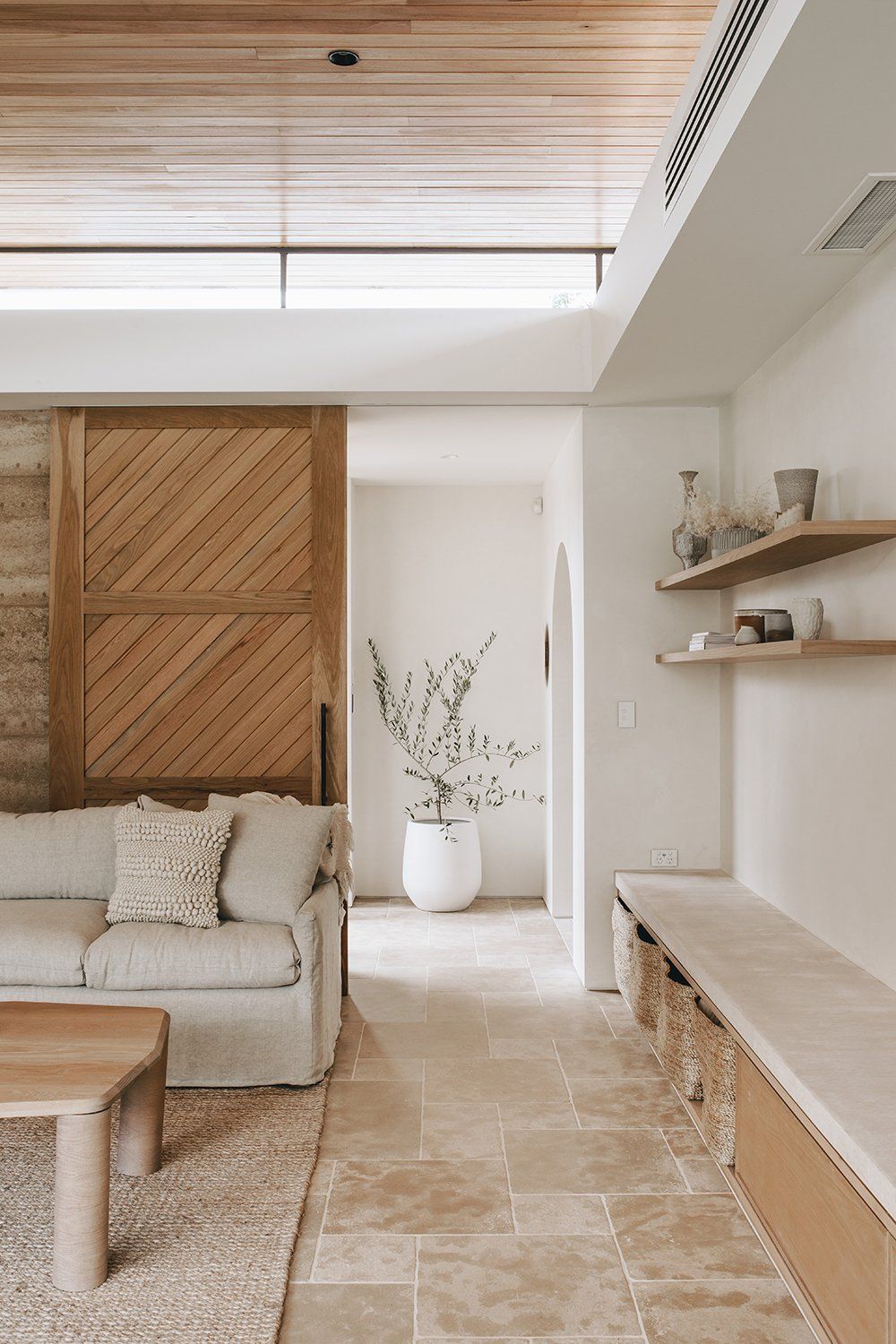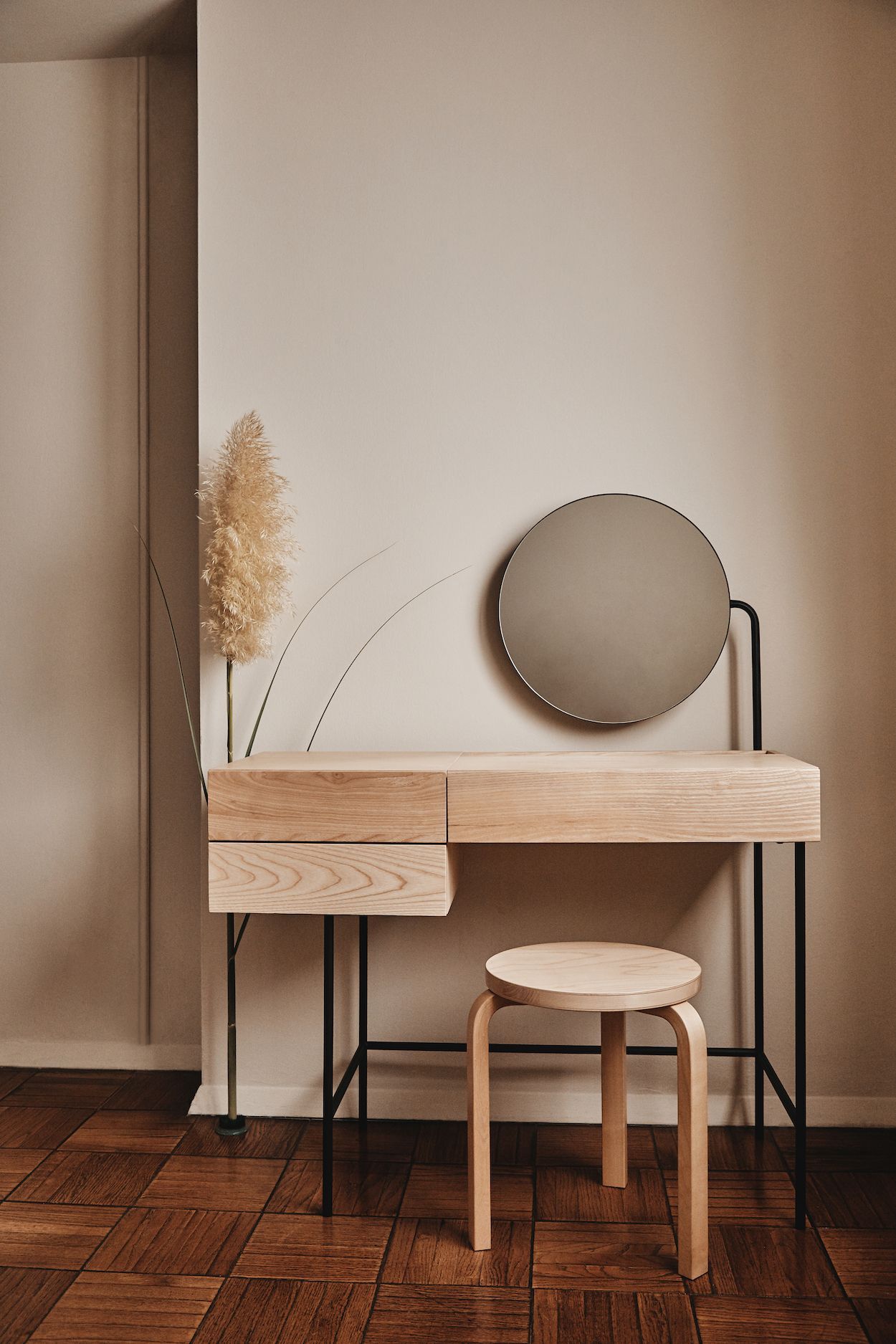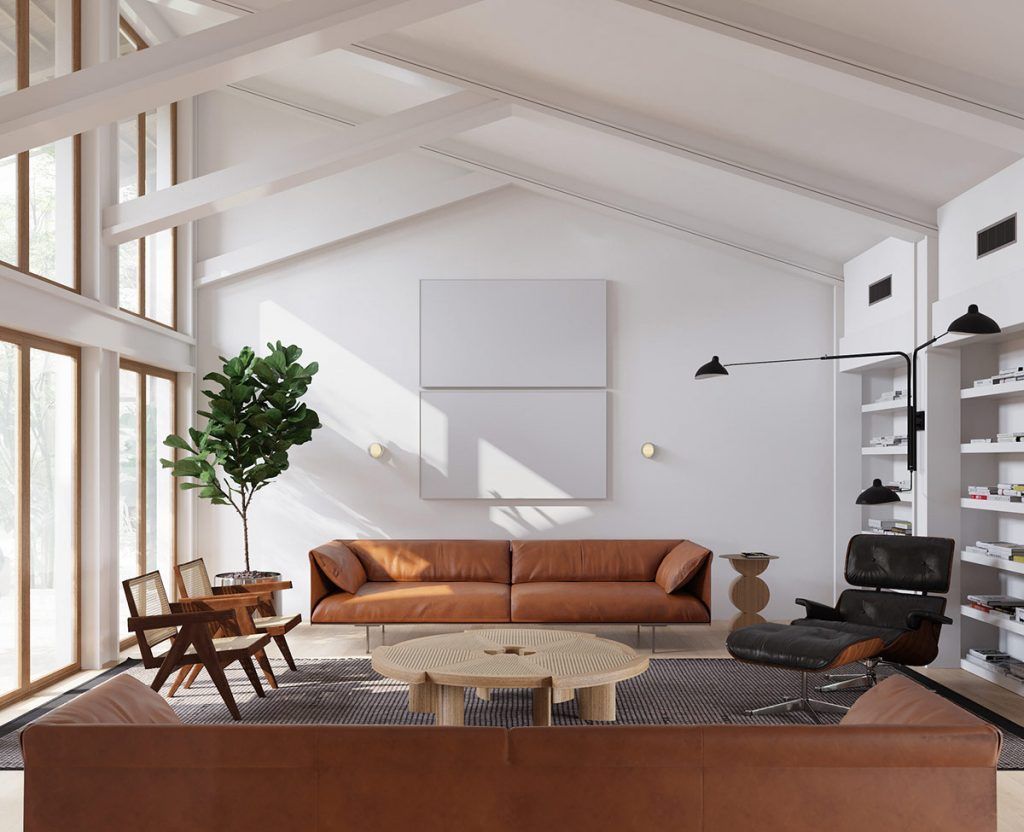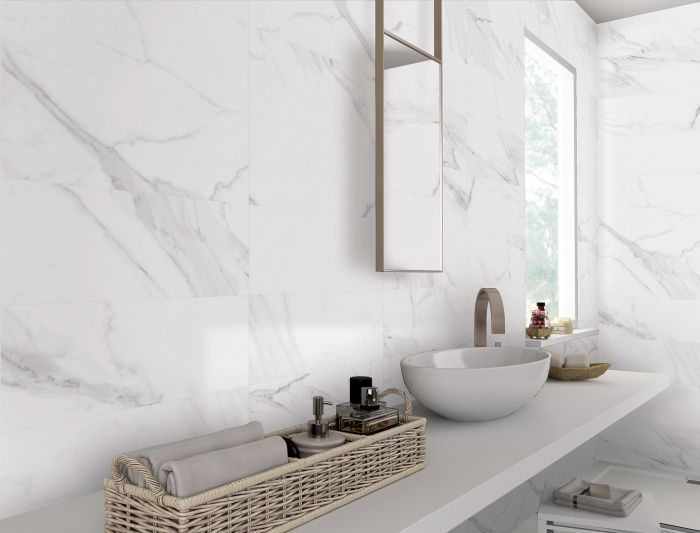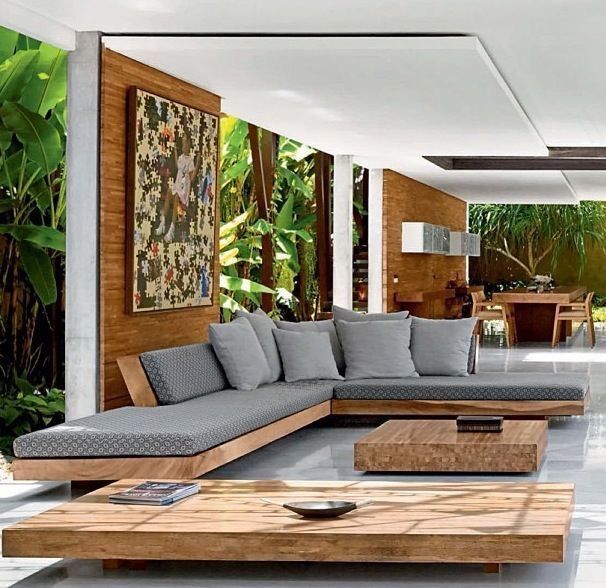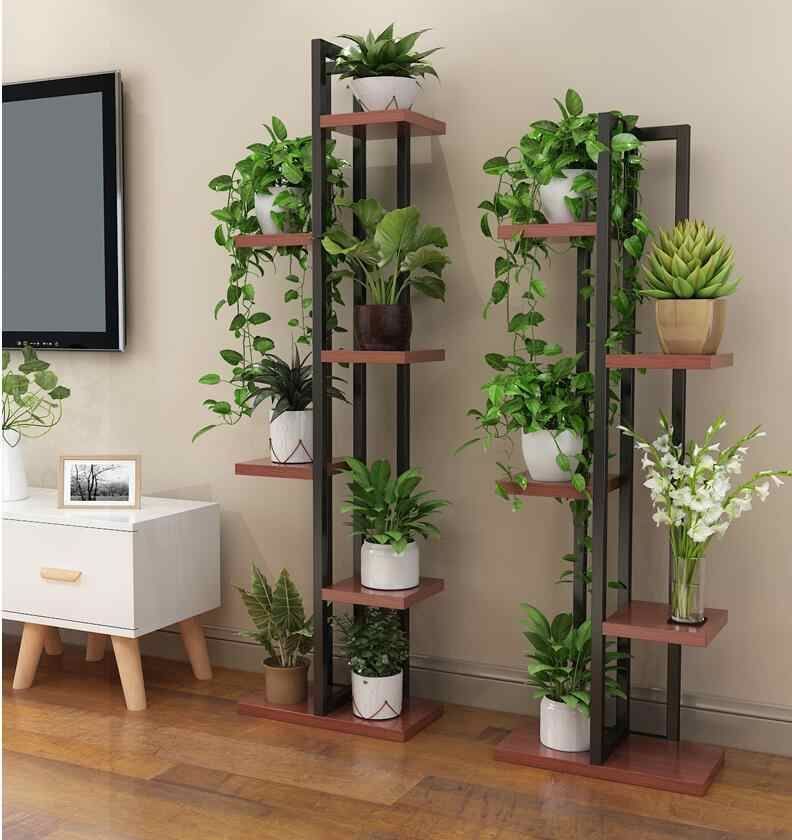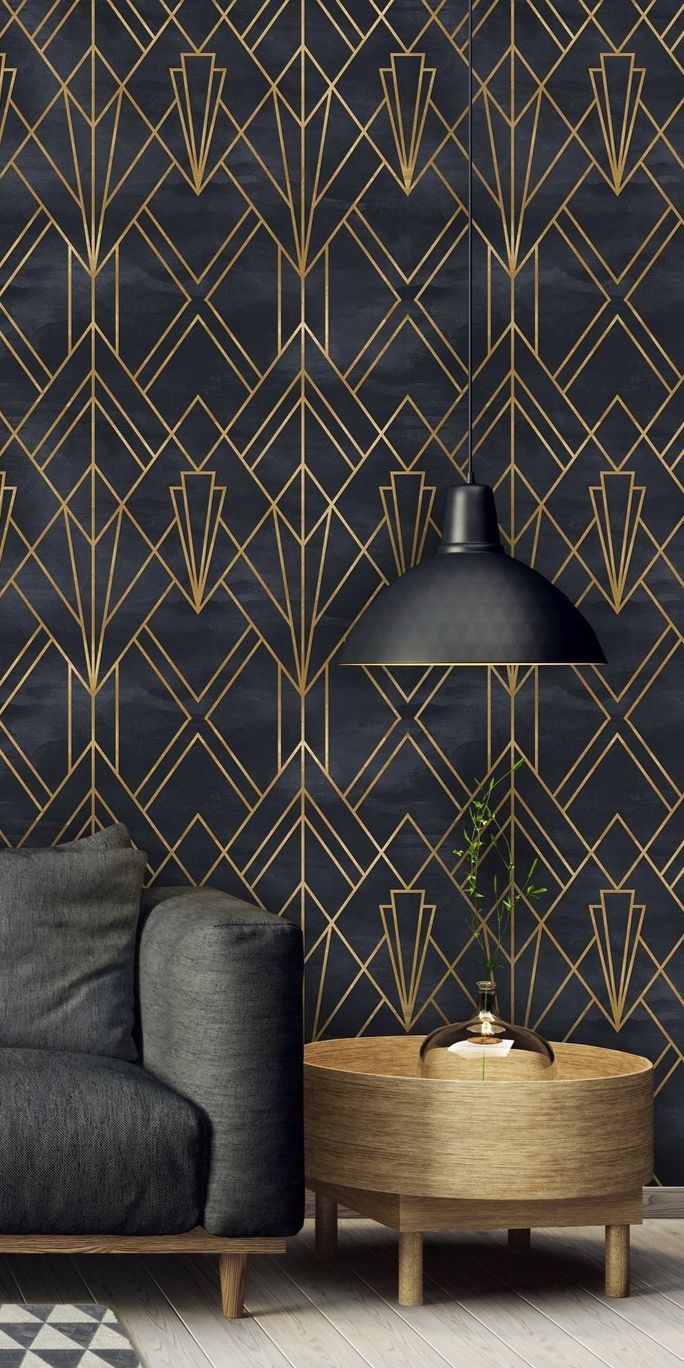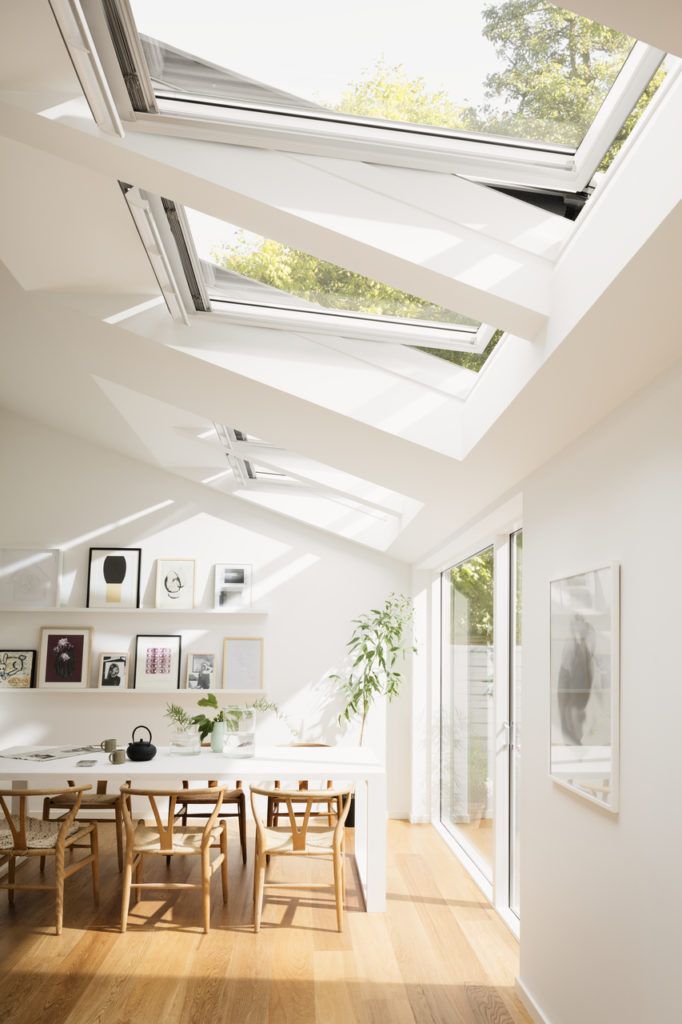If you are designing your new apartment or considering a makeover for your house, then you have most probably heard of minimalist interior design. So, what is this trend about?
Mies van der Rohe‘s famous quote: “Less is more,” defines the essence of minimalist design. You can learn more about Interior Design Through These Online Courses – yet you probably know some features of minimalist interior design as it has been trending ever since the past century, and it is most evident in the works of the German-American modernist pioneer as well as the Dutch De Stijl movement. Its roots may be traced even further than that; to Japanese traditional design which shaped its fundamentals to a great extent. So, what actually makes a minimalist interior design “minimal”? Let’s see!
What is the minimalist style?
Minimalist style in architecture and interior design is featured by only including the necessary elements and focusing on perfect lines and surfaces. This style highlights the connection of shapes and elegant lighting, and honors void!
What makes a minimalist interior design “minimal”?
1. Limit your color palette
Minimalism applies to everything, including colors. All-white interiors are very popular with minimalists. Greys and tints of Earth-tones also do the job. The bottom line is neutral colors are the thing for you. You could break the monotony of neutral colors by adding accents of pastel monochromes or full-hue primary colors; a cushion here or a vase there. Be careful not to overdo it or you ruin the whole effect.
2. Use pure geometric forms
Minimalism is about straight lines, smooth curves, simple shapes, and flat planes. So, stay away from complicated pieces of furniture, engraved with the most intricate details. They may look lovely, but they are not for you. Keep it flat, smooth, and neat.
3. Kill boredom with a bit of texture
If you have wondered how to make your all-white or grey space more compelling, then here is your answer: texture! Introducing varied textures to your interior, while maintaining the same color, gives you “variety within unity.” It makes your space vibrant with a minimalist spirit. Again though, don’t overdo it! This is the essence of minimalism.
4. Achieve balance through a focal point
Centerpieces, art pieces, or even furniture can play the role of the focal point in your space. The centerpiece could be an iconic vase on a central table, an electric heater, or a painting. Relatively large paintings with vibrant colors that contrast with the generally neutral atmosphere naturally grab the eyes. However, if your interior already has bits and pieces of color, then maybe you should relate them to the painting’s palette.
5. Prioritize quality over quantity
Minimalism requires little decoration, ornamentation, and extravagant details. So, how else can you make your interior seem elegant? Invest in worthy materials like marble or quality porcelain. You don’t need to clad all your walls in marble, only one wall or partition, and it could possibly double as your focal point.
6. Pay attention to “order”
Minimalist is all about neatness, purity, and neutral colors, which is the perfect context for highlighting the slightest bit of disorder. Accordingly, you need to regularly declutter and make a place for everything. Don’t just leave this or that on the table or on the counter. Cabinets, closets, and drawers are there for a reason.
7. “God is in the detail”
It is true that minimalism is not a detail-oriented style, and it is more about the bigger picture. However, just like how the pure and smooth planes and colors highlight mess, they also highlight poor details. Poor details may be evident in little things like the connection of the lighting unit to the ceiling, the poor door hinges, or faulty tiling.
8. Decorate wisely
Well, you can decorate, but take care …. yes! Not to overdo it. That’s the motto! What kind of decorations can you introduce to your minimalist interior space? Greenery is a perfect choice! Home plants in same-sized pots, or different sized pots but of the same shape and color, would look perfect. A painting on the wall, like we said before, is a good idea, and one large painting is much better than multiple small ones. Minimalist art would go with the flow, and abstract art would introduce a bit of color.
9. Be careful with patterns
Can you use patterns? Well, if you can do without it then go ahead, but if you need patterns in your life, then this is how to do it. Rules of color and form apply to patterns as well. Meaning? Go for simple geometric patterns, featuring neutral colors or monochromes. The fewer details and colors the more suitable the pattern could be.
10. Let in the natural light
Natural light complements your white and light-colored surfaces, making your space feel comfortable and spacious. It also shows the true colors of your walls, floors, and furniture, retaining the true essence of the minimalist style.


